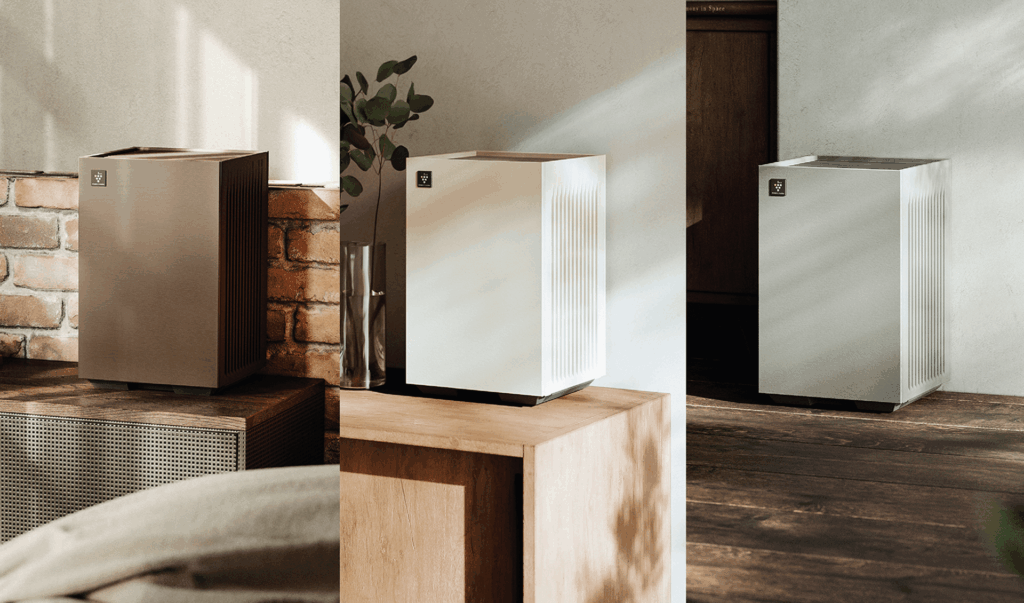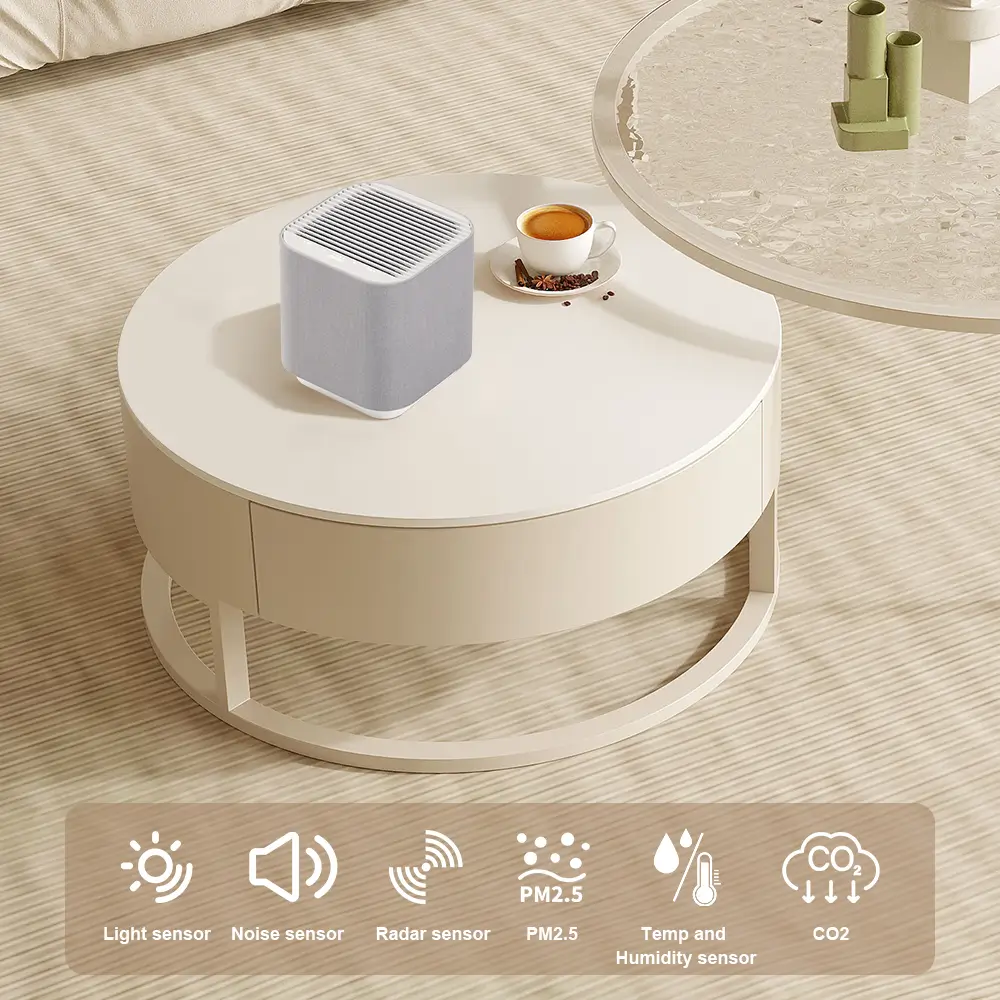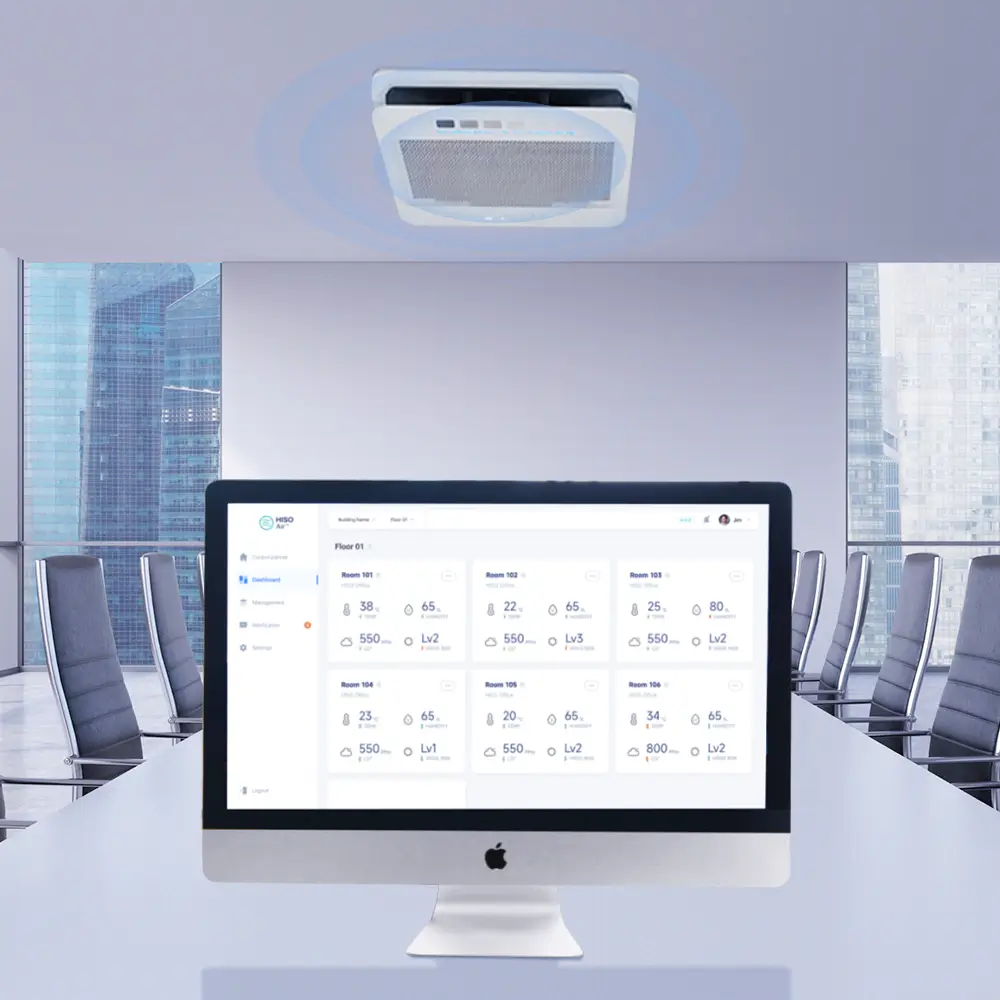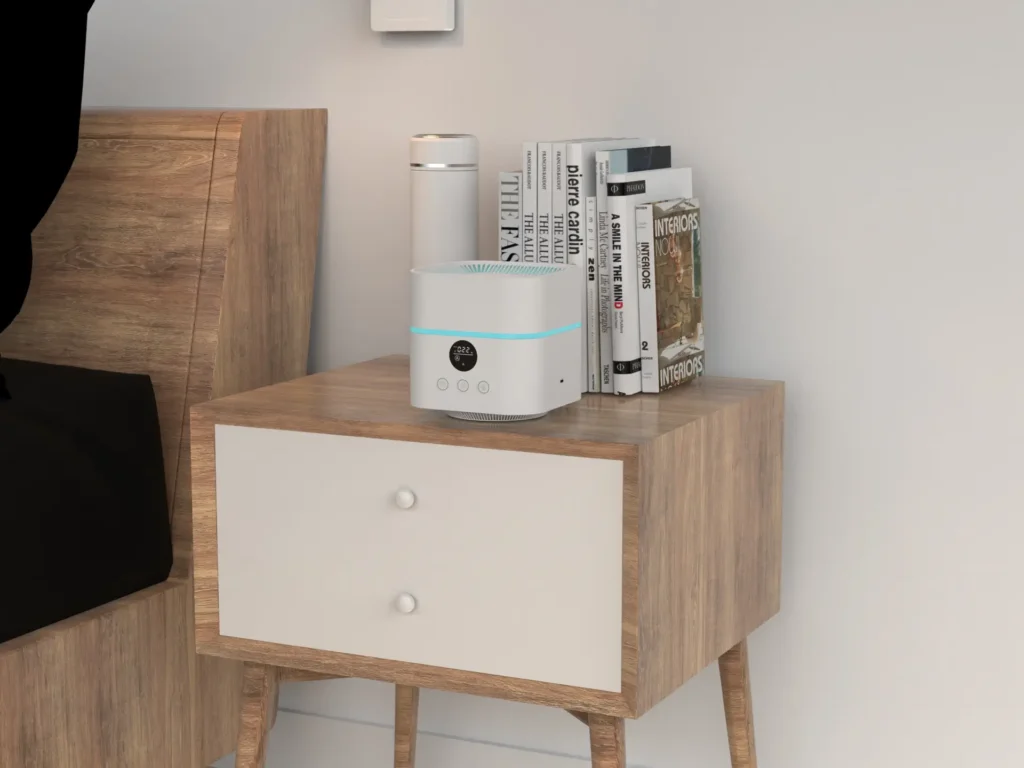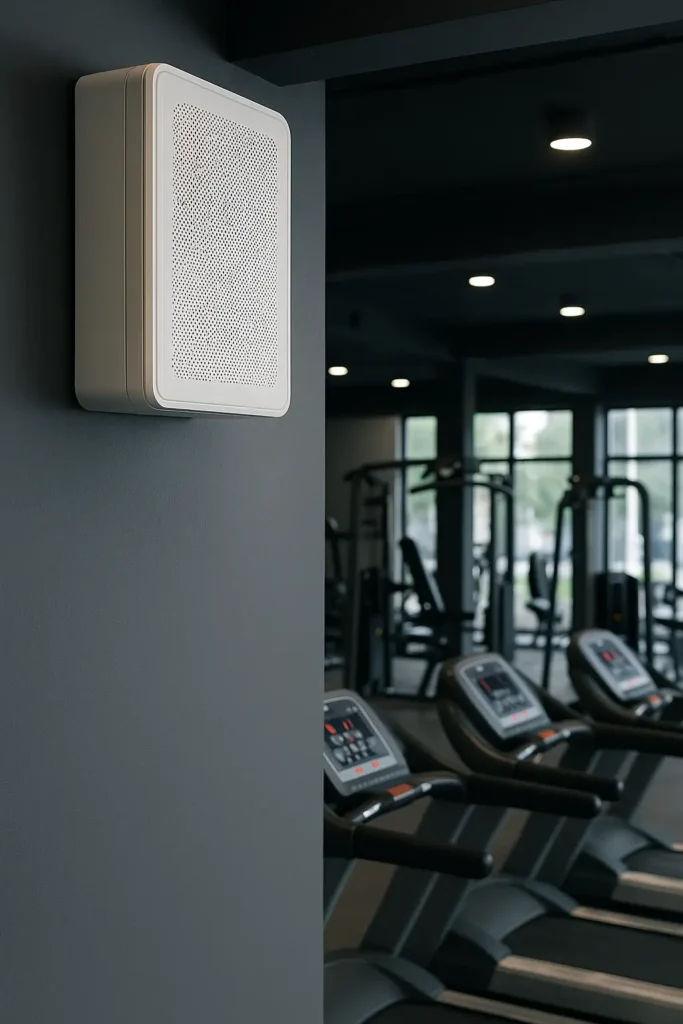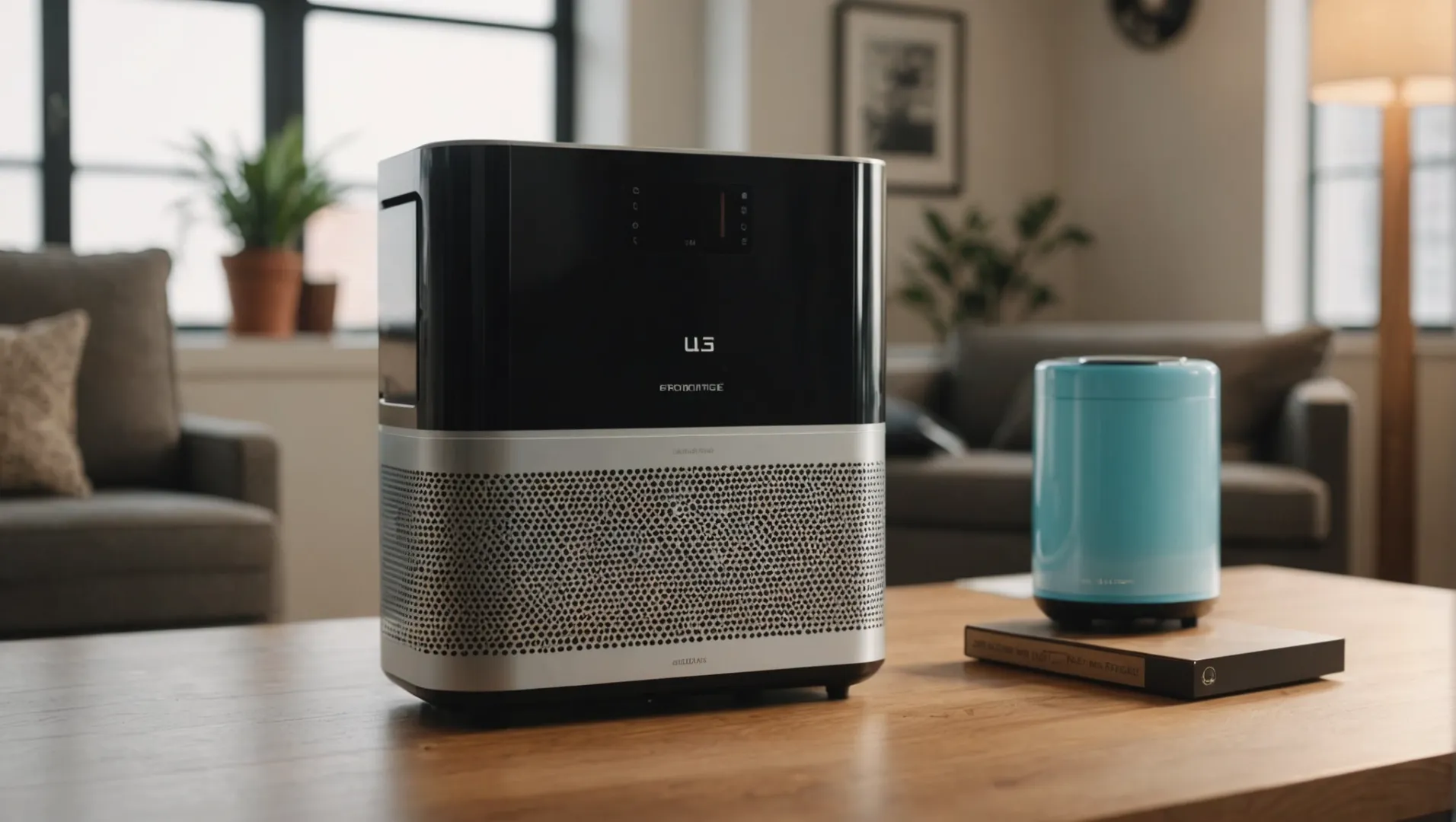
Ориентирование в мире воздухоочистителей может показаться блужданием по лабиринту - особенно когда речь идет о безопасности и соответствии нормам!
Чтобы убедиться в том, что производитель воздухоочистителей соответствует американским стандартам, проверьте такие сертификаты, как UL, FCC, и CARB регистрация. Сотрудничайте с опытными поставщиками, знакомыми с этими требованиями, чтобы обеспечить своевременное и экономически эффективное соответствие.
Но понимание основ - это только начало! Давайте рассмотрим конкретные сертификаты и узнаем, как можно с уверенностью выбрать воздухоочистители, которые действительно соответствуют строгим американским стандартам.
Сертификация UL гарантирует безопасность воздухоочистителя в США.Правда
Сертификация UL подтверждает соответствие стандартам безопасности, снижая риски.
Каковы основные сертификаты для воздухоочистителей в США?
Понимание сертификации воздухоочистителей крайне важно для производителей, стремящихся выйти на американский рынок.
Очистители воздуха в США должны иметь такие сертификаты, как UL испытания на безопасность, FCC соблюдение и CARB регистрация в соответствии с федеральными стандартами и требованиями рынка.

Понимание требований к сертификации
Сертификация воздухоочистителей является неотъемлемым условием соответствия требованиям и признания на рынке США. К основным сертификатам относятся:
-
UL Испытания на безопасность: Это гарантирует соответствие устройства строгим стандартам безопасности. Производители могут проводить эти испытания в сертифицированных лабораториях, таких как UL, Intertek, TUV или SGS. Хотя стоимость варьируется, сроки обычно составляют 8-10 недель.
-
FCC Соответствие: Очистители воздуха должны пройти проверку Федеральной комиссии по связи (FCC), что очень важно для устройств, излучающих электромагнитные сигналы.
-
CARB Регистрация: Калифорнийский совет по воздушным ресурсам (CARB) регистрация обязательна для продажи воздухоочистителей в Калифорнии, что гарантирует низкий уровень выбросов озона.
Дополнительные сертификаты
Помимо основных функций, очистители воздуха могут также требовать:
-
DOE Тестирование: Министерство энергетики (DOE) оценивает энергоэффективность, влияя на экономическую эффективность и экологический след.
-
АХАМ Верификация: Сертификация Ассоциации производителей бытовой техники (АХАМ) указывает на коэффициент подачи чистого воздуха (CADR), ориентируя потребителей на эффективность.
-
Сертификация Energy Star: Признано Агентством по охране окружающей среды (EPA), что свидетельствует о высокой энергоэффективности.
| Сертификация | Назначение | Тестирующий орган |
|---|---|---|
| UL | Безопасность | UL, Intertek |
| FCC | Соответствие электромагнитным требованиям | FCC |
| CARB | Выброс озона | CARB |
| DOE | Энергоэффективность | DOE |
| АХАМ | Производительность | АХАМ |
| Energy Star | Энергоэффективность | EPA |
Работа с опытными поставщиками
Сотрудничество с поставщиками, обладающими глубокими знаниями американских стандартов, может упростить процесс сертификации. Опытные поставщики часто обладают собственными CNAS-сертифицированные лаборатории для предварительного тестирования, что ускоряет сертификацию третьей стороной. Такие компании, как Hisoair1 Компания может похвастаться более чем 20-летним опытом приведения в соответствие со стандартами американского рынка.
Для обеспечения полного соответствия требованиям производители должны также рассмотреть возможность разработки инструкций и упаковок, которые соответствуют следующим требованиям UL стандарты. Сотрудничество с опытными поставщиками не только облегчает прохождение сертификационных процессов, но и гарантирует соблюдение американских стандартов безопасности и качества.
Испытания на безопасность UL являются обязательными для воздухоочистителей в США.Ложь
Испытания на безопасность UL не являются обязательными, но обеспечивают соответствие требованиям безопасности.
Для продажи воздухоочистителей в Калифорнии требуется регистрация CARB.Правда
CARB гарантирует низкий уровень выбросов озона для воздухоочистителей, продаваемых в Калифорнии.
Как опытные поставщики могут помочь в обеспечении соответствия?
Использование опыта опытных поставщиков может упростить соблюдение строгих американских стандартов.
Опытные поставщики предоставляют жизненно важные знания в области соблюдения требований США, предлагая информацию о сертификации и эффективных процессах тестирования, что в конечном итоге экономит время и затраты.
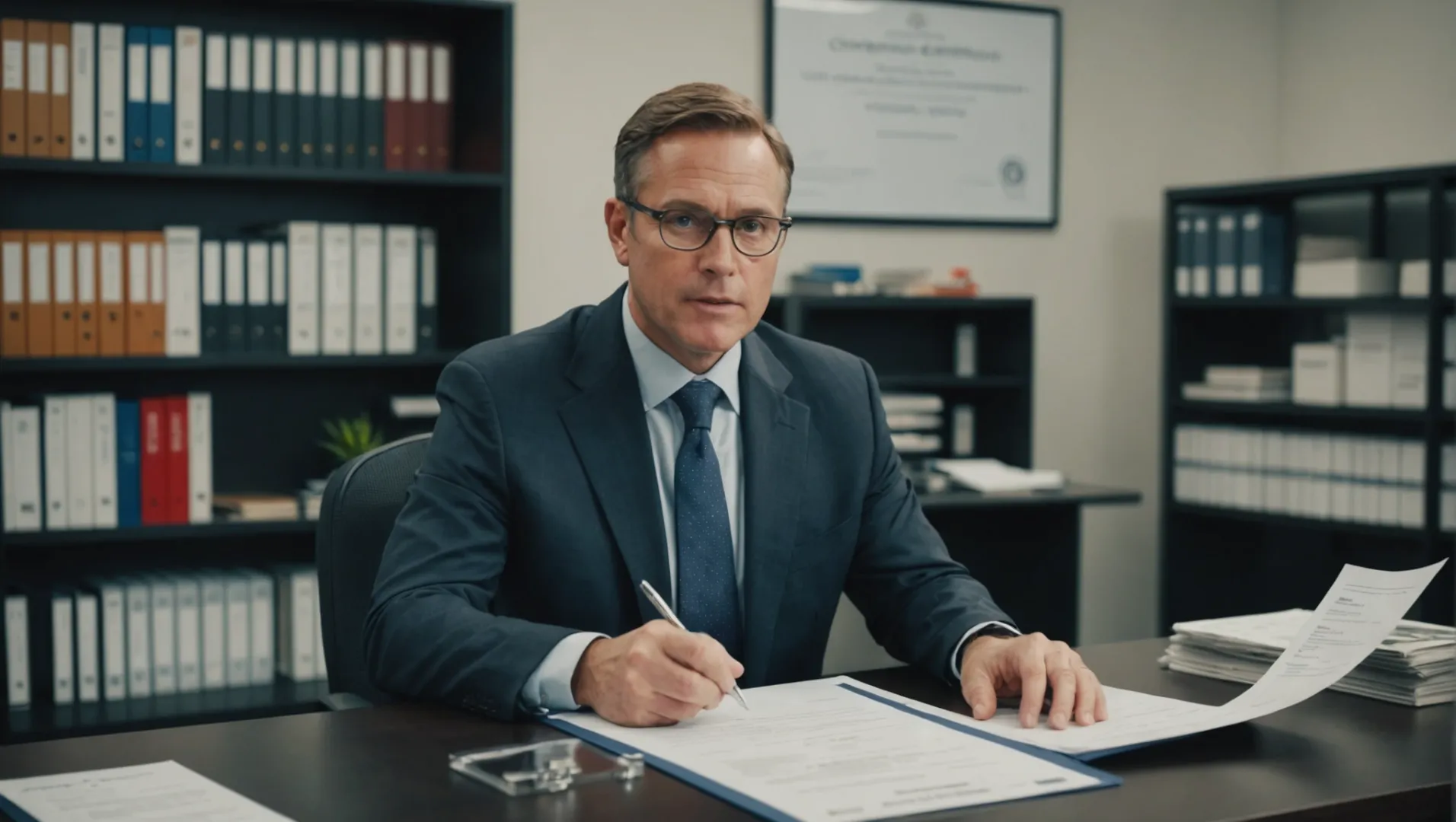
Роль опытных поставщиков в обеспечении соответствия
Ориентироваться в сложном ландшафте американских стандартов соответствия для воздухоочистителей может быть непросто. Опытные поставщики оказывают неоценимую поддержку, проводя вас через сложные процессы получения необходимых сертификатов. Эти специалисты хорошо разбираются в нормативные требования2 такие как UL испытания на безопасность, FCC тестирование и CARB регистрация. Их знакомство с нюансами каждого процесса сертификации позволяет значительно сократить время и расходы.
Оптимизация процессов тестирования
Одно из главных преимуществ работы с опытными поставщиками - их налаженные связи с сертифицированными испытательными лабораториями. Они часто сотрудничают с такими лабораториями, как ULIntertek, TUV и SGS, что позволяет им ускорить процесс тестирования. Некоторые производители даже имеют собственные CNAS-аккредитованные лаборатории, что позволяет им проводить предварительные испытания перед отправкой продукции в сторонние лаборатории. Этот шаг не только ускоряет сроки сертификации, но и сводит к минимуму возможные ошибки, обеспечивая более плавный путь к соответствию требованиям.
Экономически эффективные решения
Опытные поставщики часто предлагают экономичные решения, рекомендуя наиболее эффективные стратегии тестирования. Они могут предложить рекомендации по выбору подходящих лабораторий, исходя из соображений стоимости и ожидаемых сроков. Например, в то время как UL другие лаборатории могут предложить конкурентоспособную цену за тестирование на безопасность, другие лаборатории могут обеспечить более быстрые сроки выполнения FCC тестирование. Эти знания позволяют предприятиям эффективно распределять ресурсы и избегать ненужных расходов.
Разработка продуктов, соответствующих требованиям
Помимо тестирования, опытные поставщики помогают разрабатывать продукты, которые по своей сути соответствуют американским стандартам. Они направляют производителей на разработку руководств пользователя и упаковки, которые соответствуют следующим требованиям UL Стандарты - важнейший, но часто упускаемый из виду компонент соответствия. Решая эти вопросы на ранней стадии проектирования, поставщики помогают предотвратить задержки на более поздних этапах.
Создание стратегических партнерств
Выбор поставщика с большим опытом OEM/ODM, такого как Hisoair, может стать решающим фактором. Имея более чем 20-летний опыт производства воздухоочистителей для американского рынка, они обладают обширными знаниями и проверенными стратегиями для обеспечения соответствия вашей продукции всем необходимым стандартам. Их опыт в нормативная навигация3 и дизайн продукции могут значительно повысить вашу способность выйти на американский рынок и успешно конкурировать на нем.
Опытные поставщики сокращают расходы на соблюдение требований на 30%.Правда
Поставщики используют эффективные стратегии и партнерские отношения с лабораториями для снижения затрат.
Все опытные поставщики имеют лаборатории, аккредитованные CNAS.Ложь
Не все поставщики имеют собственные лаборатории CNAS; некоторые пользуются услугами сторонних лабораторий.
Почему UL Тестирование на безопасность необходимо для очистителей воздуха?
Убедитесь, что ваш воздухоочиститель UL Сертифицированный гарантирует безопасность и надежность для американских потребителей.
UL Проверка безопасности воздухоочистителей очень важна, поскольку подтверждает соответствие продукта строгим стандартам безопасности, сводя к минимуму риск возникновения электрических опасностей или неисправностей. Такая сертификация гарантирует потребителям, что устройство работает безопасно и эффективно в различных условиях.
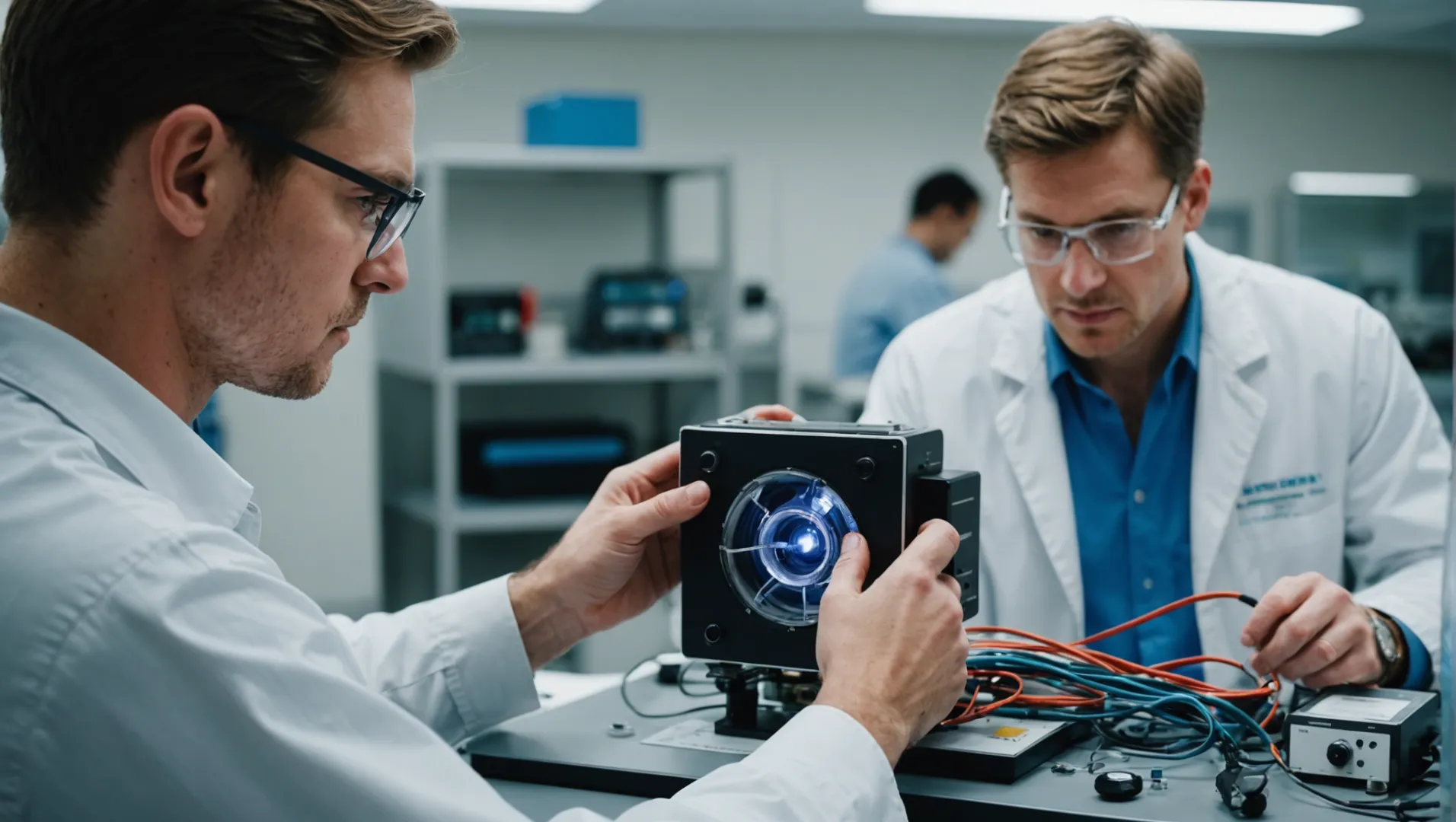
Понимание UL Сертификация
ULUnderwriters Laboratories - всемирно признанная организация, занимающаяся обеспечением безопасности с помощью строгих стандартов испытаний. Для воздухоочистителей, UL проверка безопасности4 направлено на оценку электрической и пожарной безопасности, гарантируя, что устройства не представляют опасности для пользователей. Это тестирование включает в себя ряд проверок, в том числе оценку электрических компонентов, горючести материалов и общей конструкции.
Процесс тестирования
Сайт UL Процесс тестирования - тщательный и длительный, обычно он занимает от 8 до 10 недель. Он включает в себя несколько этапов, таких как:
- Первоначальная оценка: Определение соответствия дизайна продукта стандартам безопасности.
- Тестирование: Проведение тщательных испытаний прототипов для имитации реального использования.
- Сертификация: Выдача UL знак, если продукт прошел все испытания.
Эти этапы проводятся в специализированных лабораториях, таких как Intertek или TUV, которые обеспечивают схожие сроки и стоимость.
Важность UL Сертификация
Наличие UL знак на воздухоочистителе служит гарантией качества для потребителей. Он означает, что продукт прошел независимые испытания и подтвердил соответствие определенным критериям безопасности. Это очень важно для доверие потребителей5Это гарантирует безопасную и эффективную работу устройства.
Дополнительно, UL Сертификация может облегчить выход на рынок США, поскольку она часто является необходимым условием для получения других разрешений регулирующих органов, таких как FCC или DOE тестирование.
Работа с опытными поставщиками
Сотрудничество с поставщиками, имеющими опыт работы с американскими стандартами, может упростить процесс сертификации. Такие поставщики часто обладают глубокими знаниями о требованиях к соблюдению стандартов и могут иметь собственное испытательное оборудование, например CNAS лаборатории. Эта возможность позволяет проводить предварительное тестирование перед отправкой устройств в сторонние лаборатории, что экономит время и ресурсы.
Такие поставщики, как Hisoair, имеющие более чем двадцатилетний опыт работы на американском рынке, могут стать бесценными партнерами. Они помогают разрабатывать продукты, соответствующие требованиям UL Стандарты с самого начала, что снижает необходимость в дорогостоящих переделках в дальнейшем.
Обеспечение комплексного соответствия
За пределами UL тестирование, воздухоочиститель должен пройти и другие сертификации, такие как FCC и CARB регистрация. Сотрудничество с опытным поставщиком поможет эффективно справиться с этими дополнительными требованиями.
В целом, хотя UL Испытания на безопасность являются основополагающими для сертификации воздухоочистителей в США, а стратегическое сотрудничество и всестороннее планирование являются ключом к обеспечению полного соответствия всем необходимым стандартам.
Сертификация UL гарантирует безопасность воздухоочистителя.Правда
Сертификация UL подтверждает, что воздухоочистители соответствуют строгим стандартам безопасности.
Для воздухоочистителей из США тестирование UL не является обязательным.Ложь
Тестирование UL имеет решающее значение для выхода на рынок и доверия потребителей в США.
Как проверить статус сертификации очистителя воздуха?
Проверка сертификации воздухоочистителя - ключевой момент в обеспечении его безопасности и эффективности.
Чтобы проверить статус сертификации воздухоочистителя, проверьте наличие официальной маркировки от таких признанных организаций, как UL, FCC, и CARB. Эти этикетки означают соответствие строгим стандартам безопасности и производительности, гарантируя соответствие продукта необходимым нормам.
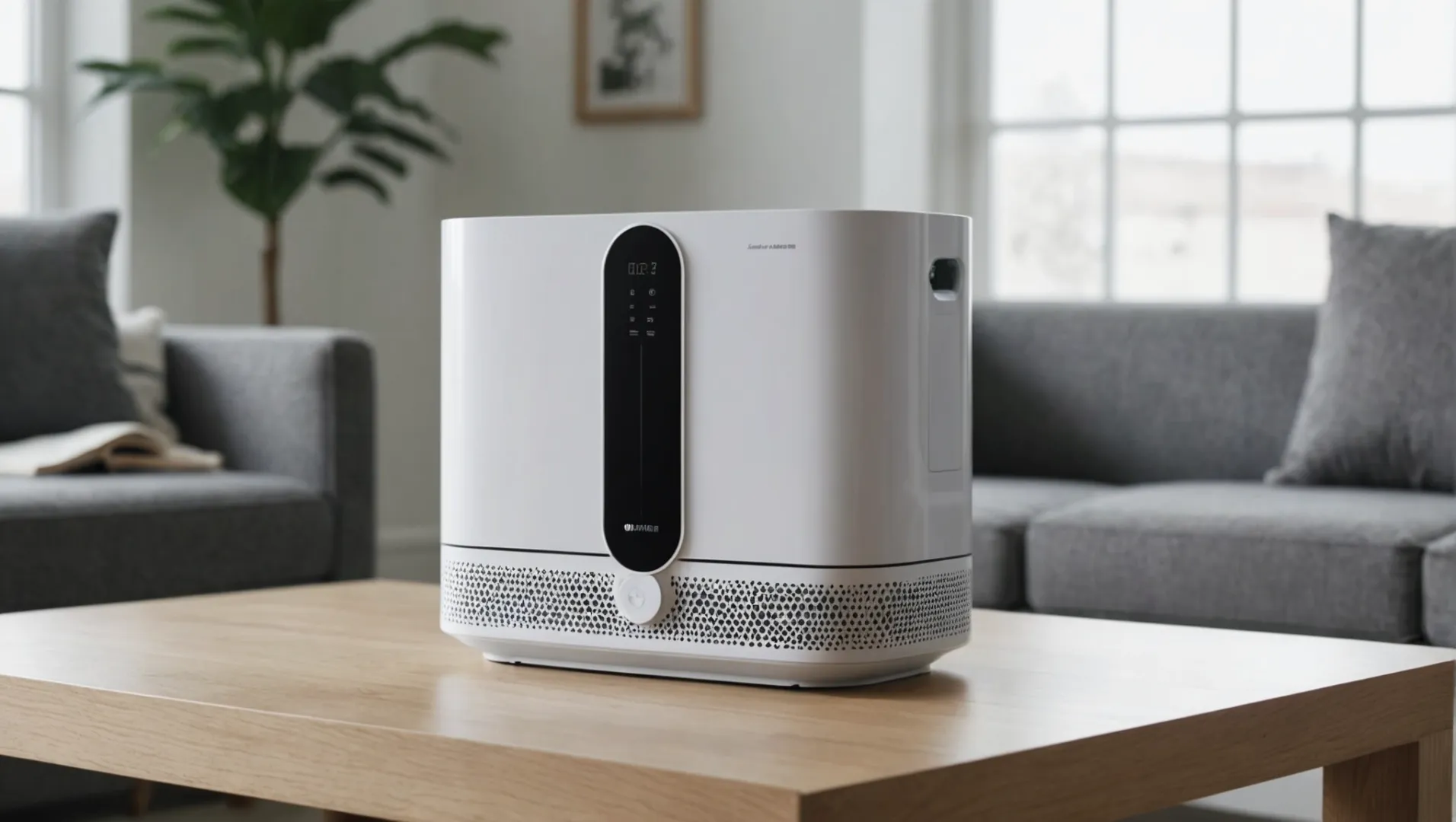
Понимание сертификационных этикеток
Сертификационные этикетки являются важнейшими показателями соответствия продукта промышленным стандартам. Для воздухоочистителей наиболее важными являются следующие сертификаты UL испытания на безопасность, FCC соблюдение и CARB регистрация. Каждый сертификат имеет специальную маркировку, которую можно найти на устройстве или в документации к нему.
- UL Сертификация: Ищите UL знак, который гарантирует, что изделие прошло испытания на электро- и пожаробезопасность. Это особенно важно для изделий, широко используемых в домах и офисах.
- FCC Соответствие требованиям: The FCC Этикетка указывает на соответствие устройства стандартам электромагнитных помех, что снижает риск возникновения помех для других электронных устройств.
- CARB Регистрация: Особенно важно в Калифорнии, CARB Регистрация удостоверяет, что воздухоочиститель соблюдает ограничения по выбросу озона.
Использование инструментов онлайн-проверки
Многие органы по сертификации предлагают онлайн-инструменты для проверки сертификационного статуса продукта. Например, сайт UL база данных6 Позволяет искать продукт по номеру модели, чтобы подтвердить его UL статус сертификации. Это гарантирует, что вы не будете полагаться только на физические этикетки, которые иногда могут вводить в заблуждение.
Сотрудничество с опытными поставщиками
Выгодно работать с поставщиками, которые хорошо разбираются в американских стандартах. Поставщики, имеющие опыт работы в сфере сертификации, могут предоставить документацию и подтверждение по запросу. Они также могут помочь вам разобраться в сложных процессах сертификации и обеспечить соблюдение всех необходимых норм.
Запрос документации у производителей
Производители должны предоставлять сертификационную документацию в рамках своих услуг. Запросите подробные отчеты из испытательных лабораторий, проводивших сертификацию. Авторитетный производитель без проблем предоставит эти документы, что обеспечит дополнительный уровень уверенности в их соответствии.
Проверка дополнительных сертификатов
Помимо основных сертификатов, обратите внимание на дополнительные свидетельства, такие как АХАМ проверки или рейтинг Energy Star, которые указывают на превосходную эффективность очистки воздуха и энергоэффективность соответственно. Это может быть важно для пользователей, стремящихся снизить воздействие на окружающую среду и сохранить высокое качество воздуха в помещении.
Сертификация UL гарантирует электрическую безопасность воздухоочистителей.Правда
Сертификация UL проверяет электро- и пожаробезопасность, обеспечивая безопасность использования.
За пределами Калифорнии регистрация CARB не требуется.Ложь
Регистрация CARB имеет решающее значение для обеспечения низкого уровня выбросов озона по всей стране.
Заключение
Понимая процессы сертификации и сотрудничая с правильными поставщиками, вы сможете обеспечить безопасность и эффективность вашего воздухоочистителя.
-
Узнайте об обширном опыте Hisoair в области американских стандартов воздухоочистителей: Выбирайте HisoAir за непревзойденный опыт в области очистки воздуха, где наше стремление к "максимальной очистке, минимальному шуму" соответствует самым строгим стандартам. ↩
-
Узнайте, как поставщики-эксперты эффективно упрощают процессы сертификации..: Они помогают соблюдать нормы охраны труда и техники безопасности и повышают производительность, поддерживая стабильное качество продукции. ↩
-
Узнайте, как опытные поставщики помогают обеспечить соответствие нормативным требованиям и выйти на рынок: Розничные продавцы получают огромную выгоду от прозрачности цен, предлагаемых поставщиками воздухоочистителей. Она помогает принимать обоснованные решения, соответствует ... ↩
-
Узнайте о строгом процессе тестирования UL, обеспечивающем безопасность воздухоочистителей: В частности, для воздухоочистителей знак UL означает, что устройство не подвержено риску возгорания или поражения электрическим током... ↩
-
Поймите, как сертификация убеждает потребителей в безопасности продукции: Положитесь на наши комплексные испытания и сертификацию, чтобы подтвердить качество и эффективность продукции и вывести инновационные приборы на новые рынки. ↩
-
Проверьте сертификаты UL, используя их официальную онлайн-базу данных для проверки подлинности: Эта мощная база данных имеет надежные и интуитивно понятные функции поиска, расширенные возможности поиска и фильтрации, а также доступ к информации руководства UL Solutions. ↩


